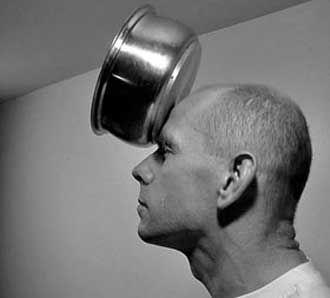 Nanomagnet computer chips appear to make supercomputers run more efficiently, according to researchers at the Technical University of Munich in Germany.
Nanomagnet computer chips appear to make supercomputers run more efficiently, according to researchers at the Technical University of Munich in Germany.
Irina Eichwald and her team of boffins have been using microchips made from tiny magnets rather than conventional power-hungry transistors may enable intensive number-crunching tasks.
On traditional silicon the bits of information, 0s and 1s, are represented by voltages across a transistor, each of which needs its own wire. Magnets can do the same job by switching their pole orientation: pointing north-south represents 1, say, and south-north is 0.
Eichwald found that flipping poles takes less energy than running current through a wire, so they need less power to run.
Nanomagnets have already been seen on microchips but have been placed only on a single layer because they need extra space to work properly.
Now Eichwald has worked out a way to rival the density of transistor-based designs and grown a chip which is 100 nanomagnets deep.
Her team made a logic gate from stacked arrays of nanomagnets. Instead of wires, a handful of magnets above the chip induced magnetic fields. The magnets then flip their orientation one after the other, like dominoes, to the magnet performing the actual operation. In a test, the magnetic chip used 1/35th of the power a transistor used.
“A huge number of computing processes can now be done simultaneously with very low power consumption as you don’t need the connecting wires transistors need. You only need to generate a magnetic field across the chip,” says Eichwald.
New Scientist http://www.newscientist.com/article/mg22329812.800-magnets-join-race-to-replace-transistors-in-computers.html#.U-RmOPmSyUY says that the technology is one of a few which is in the race to replace silicon.





